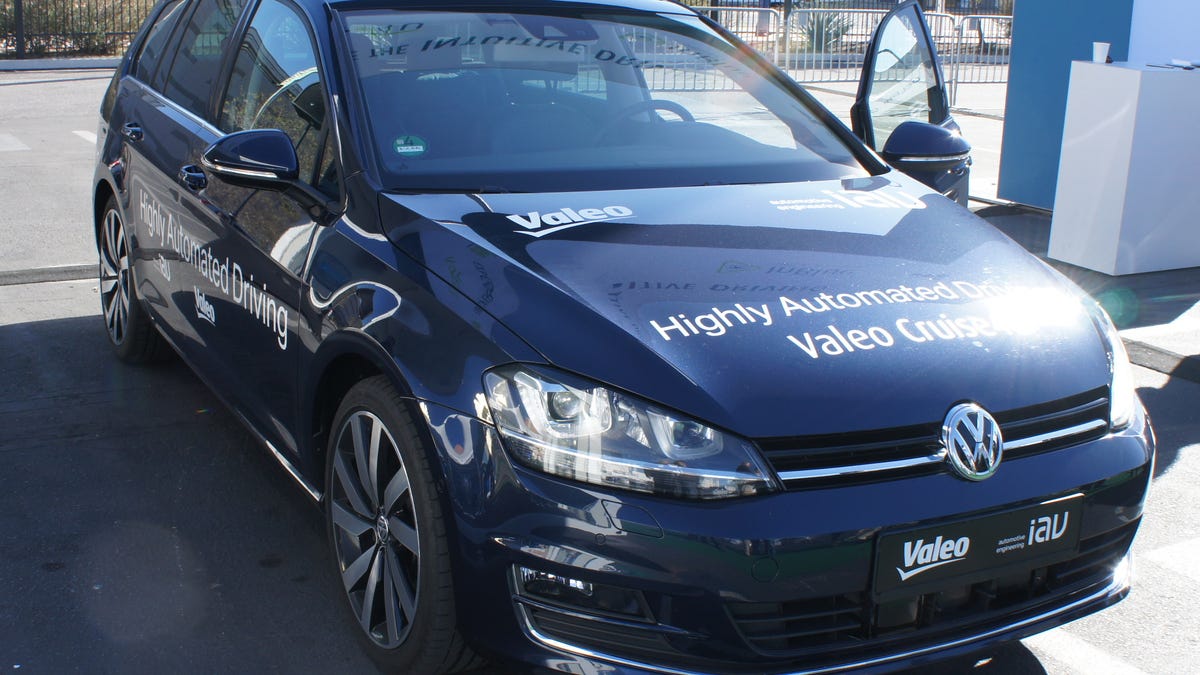CES 2015: Cruise control gains self-steering with Valeo's Cruise4U
At CES 2015, Valeo demonstrates the next generation of adaptive cruise control, with fully automated steering to stay in its lane.

LAS VEGAS -- The path toward the fully autonomous car will involve increasingly advanced features offered on production cars, and Valeo showed the next step with its Cruise4U technology at the International CES 2015. Cruise4U takes adaptive cruise control to the next level, adding self-steering so drivers can relax on a long highway trip or when stuck in slow traffic.
Over the past decade, I've used increasingly refined adaptive cruise control systems in production cars, which let me set a cruise control speed, then have the car automatically brake when it detects slower traffic ahead. Lately, automakers such as Ford, Infiniti, Mercedes-Benz and Porsche have added lane-keeping assist, which helps the car stay in its lane.
Valeo's technology refines this feature further, using a high-resolution camera to monitor lane lines and a LIDAR module, a laser scanner, to monitor traffic and other solid objects in the car's environment. As a demonstration, I sat in a Volkswagen Sportwagen equipped with the technology. A monitor on the headrest let me view what the car's sensors were seeing.
A Valeo driver got us out onto a big, multilane Las Vegas street and set the car's speed, just as one would with cruise control. My monitor showed what Valeo identifies as the "target" vehicle, the car directly ahead. Just like with adaptive cruise control, our car slowed to match the speed of the target vehicle. The system handled traffic down to a full stop at a light, and resumed forward motion when the target vehicle started moving again.
And similar to leaving your feet off the pedals when using adaptive cruise control, the Valeo driver also took his hands off the wheel, letting the car do the steering. The car accurately followed the lane, handling curves in the road.
My monitor showed other cars that the LIDAR detected, and even the path of a car that came up on the right side and cut across our lane. The meant the system's computer identified that other car as a potential hazard, following its path so it could trigger an evasive maneuver by our car, if necessary.
Far short of full autonomy, this system would not identify a traffic light or other roadway infrastructure. It would merely let drivers stuck in stop-and-go traffic or on long highway trips relax, as the car handles steering, acceleration and braking. As such though, it could be offered in production vehicles within the next couple of years.
Although a BMW engineer told me that current LIDAR modules were prohibitively expensive to use in production cars, Valeo's project manager for the system, Amine Taleb, said the single detector on the front of this car was a prototype that would be offered to Valeo's clients at a price that would make the system viable.

